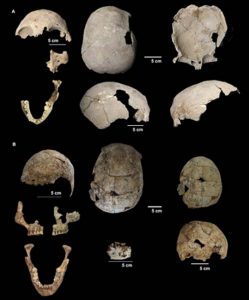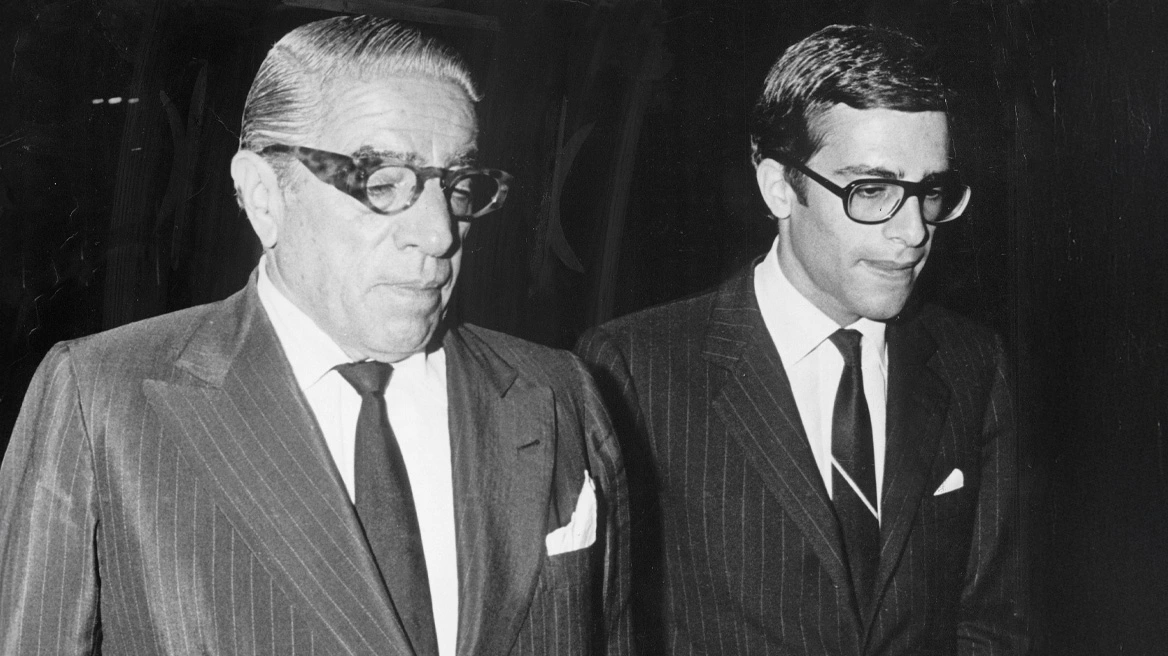Two 12,000 and 17,000-year-old human skulls, smaller than expected, were discovered on what scientists are calling an ancient migration highway to Australia.
A new research paper features a study on the two ancient skulls, which were discovered at the Tron Bon Lei site on Alor Island in Indonesia, has been published by a team of researchers from The Australian National University (ANU) in the Journal of Human Evolution. Essentially, this study offers new insights into ancient human migration routes through Southeast Asia to Australia, but it also unveils a host of new avenues of thinking.
The two small human skulls were dated to between 12,000 and 17,000 years old and lead researcher, Dr. Sofía Samper Carro, wrote in the paper that these “are the oldest human remains ever found in Wallacea – the islands between Java, Papua New Guinea, and Australia”. Evolution theorists and anthropologists already knew that modern humans had reached Timor and Sulawesi over 40,000 years ago, but these two skulls are “the first fossil evidence of modern human presence in Wallacea,” according to Dr. Samper Carro in the paper.
more at ancient-origins.net

Ask me anything
Explore related questions





